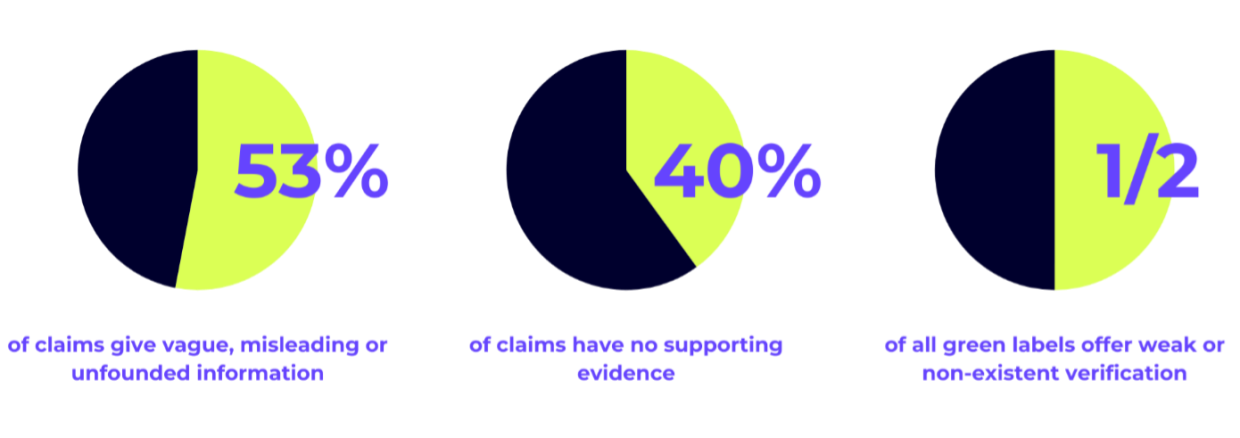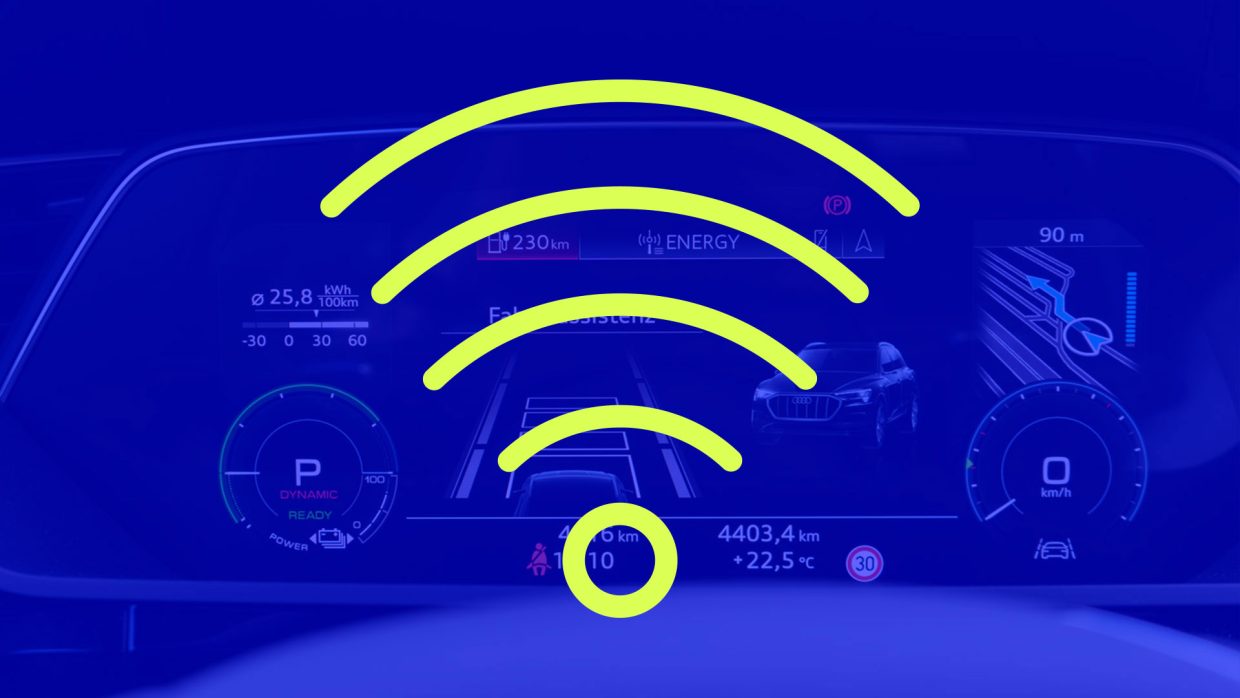Will your favourite products still be “green” when they can’t just claim it anymore?
As we embark on 2024, the European Union stands at the cusp of a major shift in the sustainability landscape. This week, the Green Claims Directive was adopted during a joint session of the European Parliament’s Environment and Internal Market Committees. With 85 votes in favour, 2 against and 14 abstentions, this marks a significant milestone. The revised text establishes detailed criteria for the substantiation, communication and verification of green claims and makes notable changes to the Commission’s proposal, introducing a simplified verification process through the use of EU-recognised methodologies and stricter rules on the use of carbon offsetting.
ANTICIPATING THE IMPACT
The adoption of the EU Green Claims Directive is not just a regulatory change; it represents a broader shift towards a more sustainable and trustworthy market. This article delves into what these developments mean for consumers, businesses, and the future of sustainability communication. We examine the intricacies of green claims, the challenges and opportunities they present, and how the EU is leading the way in transforming businesses’ green intentions into consumer credibility.
WHAT IS THE MATTER WITH GREEN CLAIMS?
Have you heard of the saying “you can’t see the forest for the trees”? This aptly describes the current state of the European market regarding green claims.
In recent years, the consumer appetite for sustainable products has significantly increased, leading to a flood of green claims by companies. Claims such as ‘climate neutral’, ‘eco-friendly’, and ‘biodegradable’ are ubiquitous, yet often they lack the necessary substantiation. This has resulted in confusion and a deterioration of trust among consumers. The reality is that not all products labelled as ‘green’ truly live up to their promise. A 2020 study by the EU Commission found that over half of green claims were vague, misleading, or unfounded, with 40% lacking any evidence to back them up. This not only perpetuates consumer distrust but also creates an unfair playing field for businesses, particularly disadvantaging those who are earnestly pursuing sustainability.

GREEN CLAIMS DIRECTIVE AT A GLANCE
The Green Claims Directive sets forth a comprehensive framework of requirements that businesses must adhere to, emphasizing the importance of scientific evidence and transparency in green claims.
- Methodological Requirements: Companies are now obligated to base their green claims on methodologies that are both science-based and peer-reviewed. This requirement elevates the standards for calculating e.g. carbon or environmental footprints. Although secondary data can supplement primary data, companies must explicitly justify its use in their reports. The EU Commission may also impose stringent rules on the use of primary data through upcoming delegated acts for specific product groups.
- Transparency of Claim Credentials: Credentials supporting claims must be accessible to the public, whether through physical documentation or digital means such as websites, QR codes, or Digital Product Passports. These credentials must include critical information such as the environmental aspects and impacts addressed by the claim, the standards applied, and the methodologies used, ensuring transparency about the claim’s substantiation. A clear, consumer-friendly summary of these details, in the official languages of the Member States where the claim is made, is also required.
- Ex-Ante Verification: Before being used in commercial communications, green claims must undergo a verification by a third-party, officially accredited body. Companies have the option for a simplified procedure if they utilize an EU-recognised methodology or adhere to established Product Environmental Footprint Category Rules (PEFCR). The EU Commission will list standards and methodologies eligible for simplified verification in a dedicated database.
THE END OF CLIMATE NEUTRALITY CLAIMS?
Climate neutrality claims are a specific form of green claims, typically using terms such as ‘climate neutral’, ‘climate friendly’ or even ‘climate positive’. These claims can be particularly misleading, as they could mean disguising offsetting methods or referring to the climate-related impact of e.g. certain aspects of the product rather than the whole product. A recent Guardian investigation in the UK found that 94% of claims based on rainforest-related carbon offsets were unsubstantiated, calling into question the credibility of carbon offsetting as a whole.
In response, the Directive takes a firm stance against these ambiguous claims by imposing stricter regulations on the use of carbon offsets. One of the Directive’s most impactful features is the overall ban of product-related climate neutrality claims, alongside any claims suggesting neutral, reduced or positive environmental impact of products derived from carbon offsetting.
While claims regarding a company’s overall climate neutrality are still permitted, the Directive introduces significantly stricter criteria. Specifically, it restricts climate-related compensation and emission reduction claims to those addressing a company’s residual emissions. These claims must now be certified under the forthcoming “EU Carbon Removal Certification Framework,” which is currently in the legislative process and anticipated to be adopted later this year.
Furthermore, the Directive mandates that offsets used in substantiating claims must be distinctly reported within the claim credentials. This includes indicating the share of residual emissions, the share of biogenic and fossil emissions within residual emissions and proof that the credits used have been appropriately retired from the registry, in order to avoid double counting.
P3’s SOLUTION FOR NAVIGATING GREEN CLAIMS
As the European Union sets new benchmarks for green marketing, businesses face the dual challenge of adapting to these changes and ensuring compliance. This is where P3’s expertise and innovative solutions come into play, offering a seamless transition and compliance strategy for companies.
To further assist companies in adapting to the Directive, P3 introduces GreenFlow, a green claims management solution dedicated to managing compliance with the new requirements. GreenFlow serves as a single source of truth database, consolidating all green claims and related information in one accessible platform. This digital tool simplifies the management and tracking of green claims, ensuring that every claim is backed by verifiable data and is in line with the Directive’s mandates.
GreenFlow’s most notable feature is the digitization of the process to review green claims with ‘sustainability gates’, which automates and streamlines both internal approval and external verification procedures according to the Directive and national legislation. This not only saves time and resources but also enhances the accuracy and reliability of the verification process.
LOOKING AHEAD: THE FUTURE OF GREEN MARKETING
As the EU institutions finalize the Directive, the implications for the future of green marketing are profound. This legislation will establish a benchmark likely to shape global norms, motivating other regions to implement similar policies. It signifies a crucial step towards a market that prioritizes sustainability and transparency, transforming green claims from mere promotional tactics to genuine indicators of environmental commitment.
The Green Claims Directive is poised to redefine how businesses convey their environmental impact, leading to a more credible and sustainable marketplace. The transition to this new framework demands active participation from both corporations and consumers to realize a significant shift. The Directive not only aims to enhance transparency and empower informed decision-making but also to deter greenwashing and foster an economy grounded in sustainability. By offering reliable and verifiable information, it serves as both a mandate and an opportunity for a more sustainable future.
Are you ready for the Green Claims Directive? Let’s talk about it!




